July 9 - 15, 2017: Issue 320
Seismic Testing Proposal Slated For During Whale Migration Season Off Our Coast
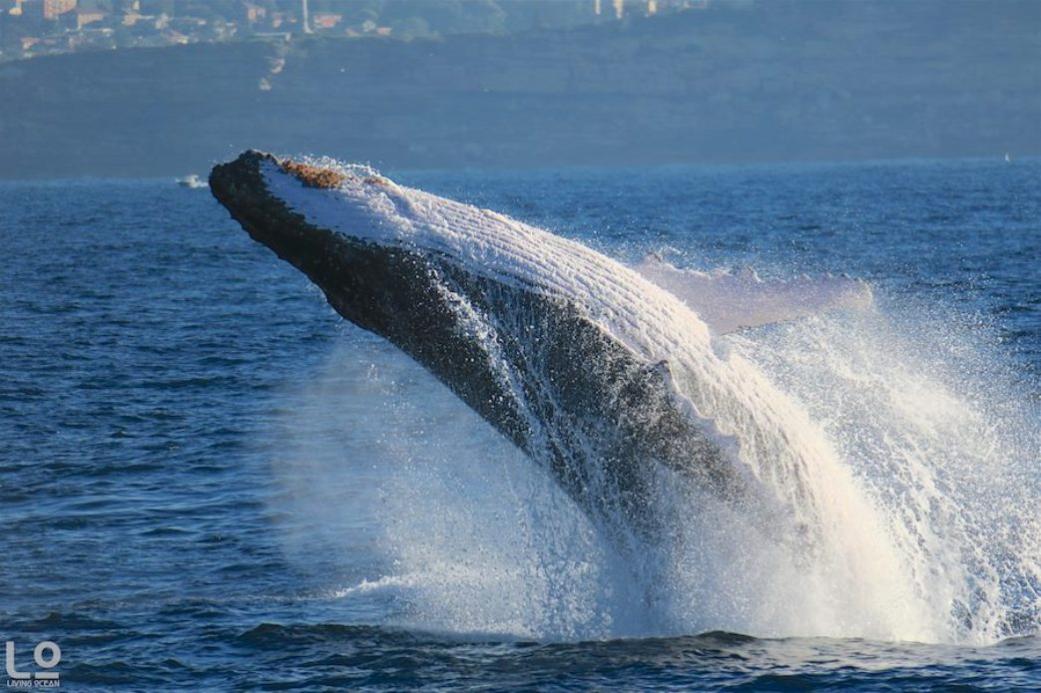
A few weeks back we shared the distressing news that a Western Australian company was proposing to do Seismic Testing in the middle of whale migration season. Readers have been contacting us just this week marvelling at the amount of whales spotted heading north while out fishing from the shore or swimming or sailing.
Advent Energy have now filed with NOPSEMA (via subsidiary Asset Energy). They want to start next month.
Under the criteria only stakeholders may approach the company and make them aware their activities may conflict with their own. As part of obtaining permission for activities an Environment Plan must be submitted. That environment plan must contain a report on all consultations between the titleholder and any relevant person including the titleholder’s assessment of the merits of any objection or claim about the adverse impact of each activity to which the plan relates.
For the proposed area this would include fishers through fishers organisations, those in charge of marine sanctuaries, or those who conduct marine activities – such as the Whale Data Collection undertaken by local group Living Ocean each Whale Migration Season.
Living Ocean have been liaising with Asset Energy regarding the activity so that their raised concerns can be appropriately considered and addressed through the environment plan process.
Specifically the organisation has raised concerns regarding the timing of the testing – late August to September 2017 (The survey comprises 46 2D lines of total length 208km. The survey will be conducted in an area of 12.25 square kilometres (km2) plus a single 2D tie line, to the surface location of the exploration well: New Seaclem-1, of ~50km length. Acquisition is likely to commence between late August and early September 2017, subject to receipt of all regulatory approvals. The duration of the survey is conservatively estimated to be between 3 to 4 days) – NOPSEMA/Advent- Asset Energy submission.
This is conflict with the southern migration of humpback whales and calves in the operations area. As readily can be verified from any number of reputable sources, the southern migration of humpback whales and calves Megaptera novaeangliae off Sydney and Newcastle takes place from mid August to mid December each year, occupying waters ranging from close inshore to the continental shelf and far beyond.
In addition, endangered southern right whales and calves Eubalaena australis occupy this area from May to November.
There is a high likelihood of the proposed operations encountering whales of these two species in what is well-established as a biologically important habitat, meaning that the EPBC Act applies. To avoid harm to recovering and endangered populations, seismic operations in this area should not be conducted from May to December (the northern migration of humpbacks beginning in May).
Based on Living Ocean’s 12+ years of studying humpback whales at sea and given the elusive nature of the animals the group consider it unlikely that the proposed procedures for whale sighting will result in detection of a significant fraction of whales present in the area, meaning there is a high risk of nearby whales being subject to damage. When one humpback is sighted it is likely there are others, unseen, in the vicinity, possibly quite close.
The data collectors experience of these groups of whales migrating together points out that such operations should not commence, or continue, if any whale has been sighted in the 3km observation zone. Another point is that at least two observers are required to reliably spot whales. The company’s proposed observation time of 30 minutes would also appear to be insufficient as normally one hour would be required.
We're all getting quite used to spectacular photographs of whales breaching, but they don't do this all the way up the coast. Humpback whale dive behaviour consists of a bout of surfacing dives (the short, shallow dives that occur during respiration bouts, usually tens of seconds in duration) followed by a deep dive in which the group disappears for a longer period of time (usually several minutes).
A deep dive period is defined as the time from when the last group member disappears to when the first the group member reappears, and the surface interval is usually defined as the time spent on or just under the surface between deep dives, incorporating all brief surfacing dives.
Calf blows, being smaller, are harder to spot.
More HERE

Community Rises To Save Mona Vale Hospital Again: Overwhelming Objection To Perceived Privitisation Of A Public Hospital
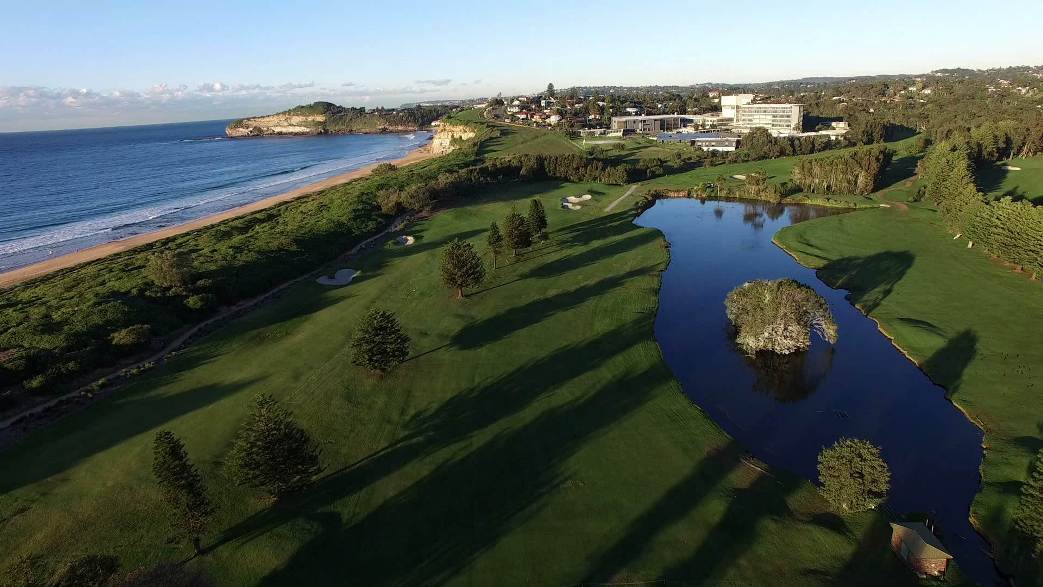
2017 Skullcandy Oz Grom Open
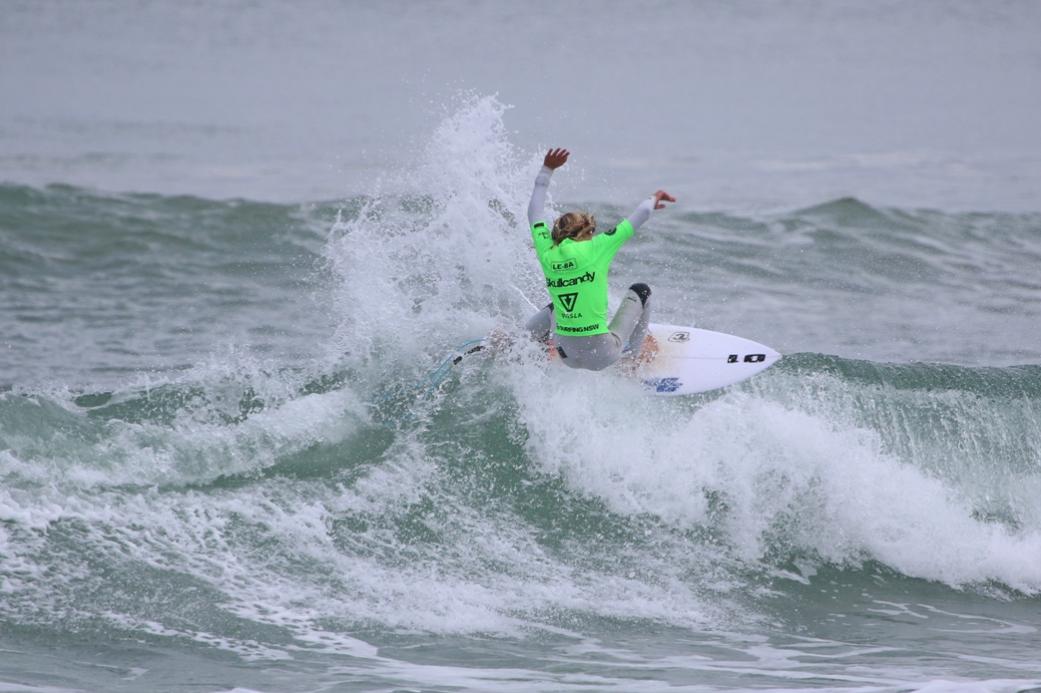
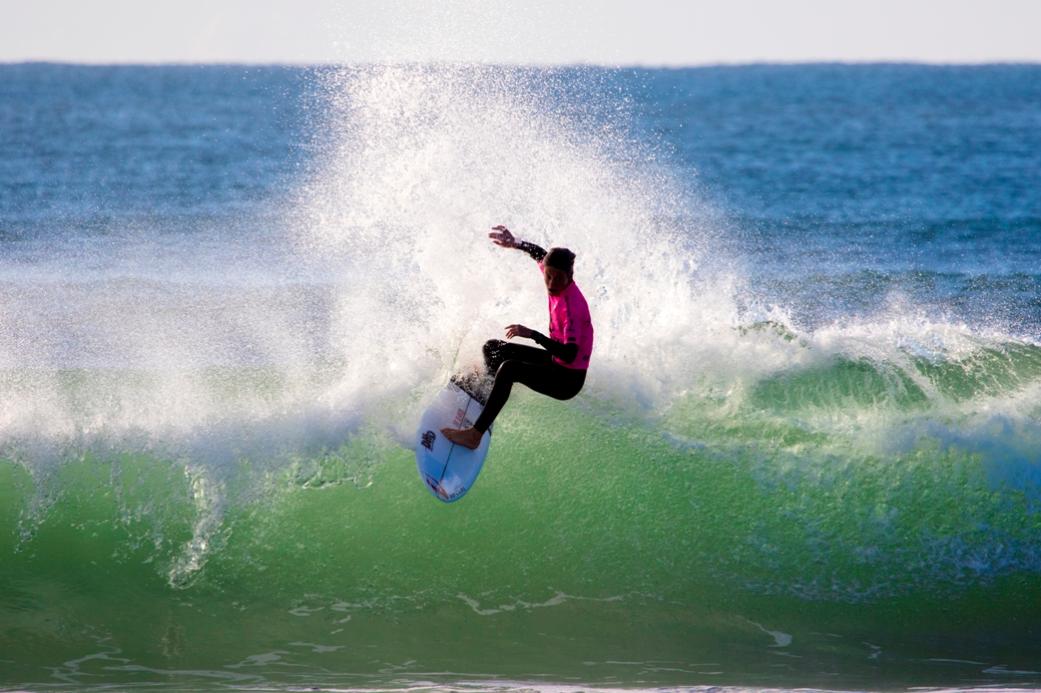
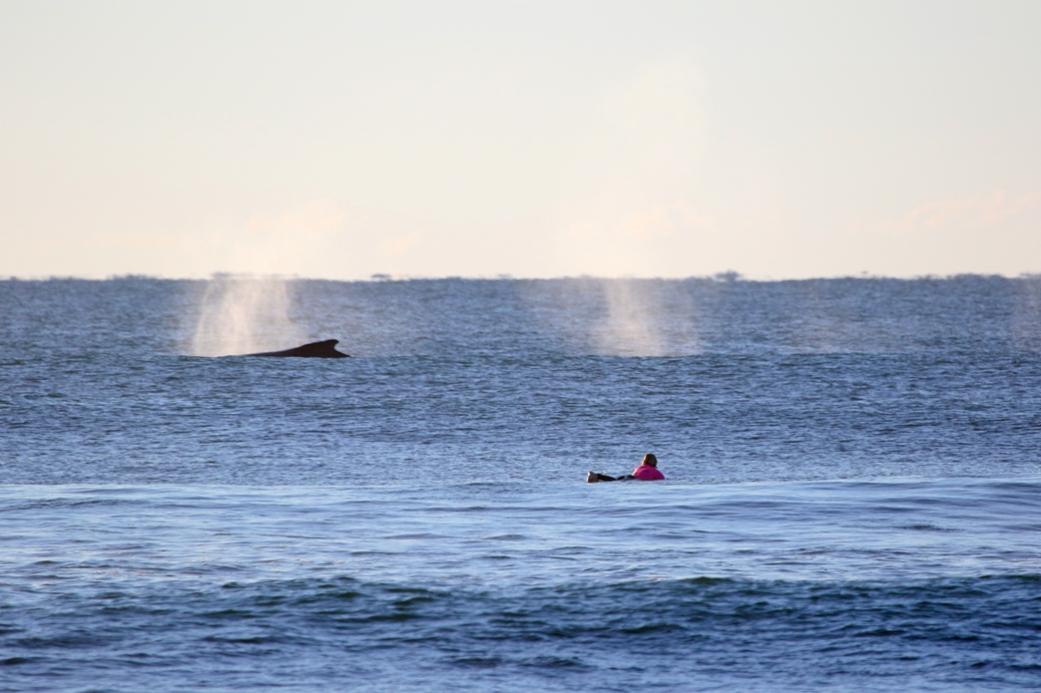
Newport SLSC IRB Under 23 Team Win Bronze In 2017 State Championships

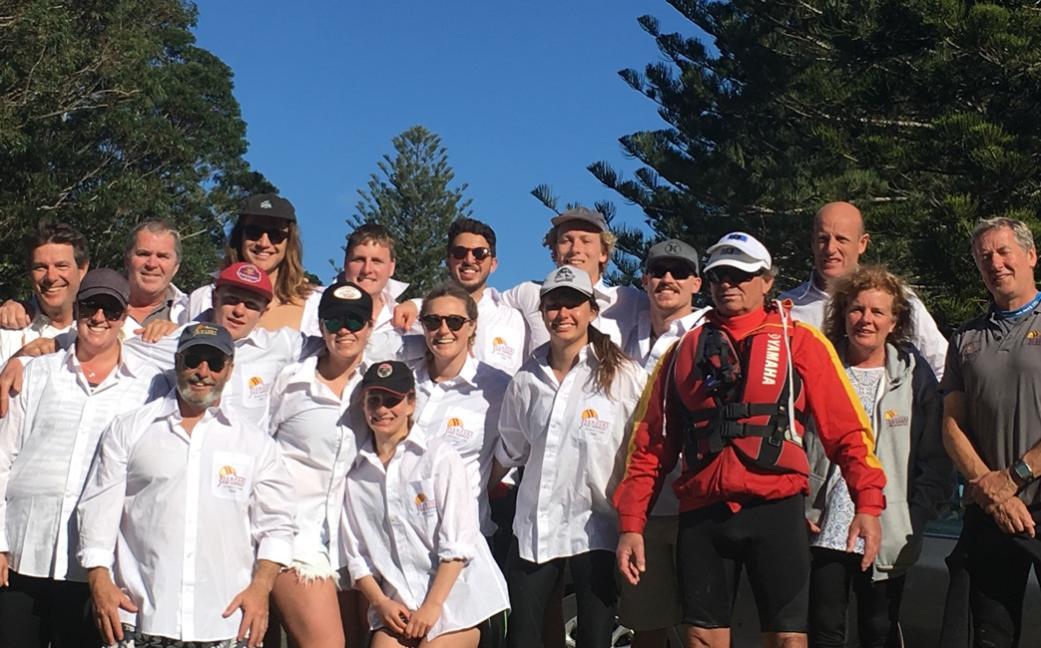
RPAYC's Nexba For Melbourne To Osaka Double-Handed Crusade
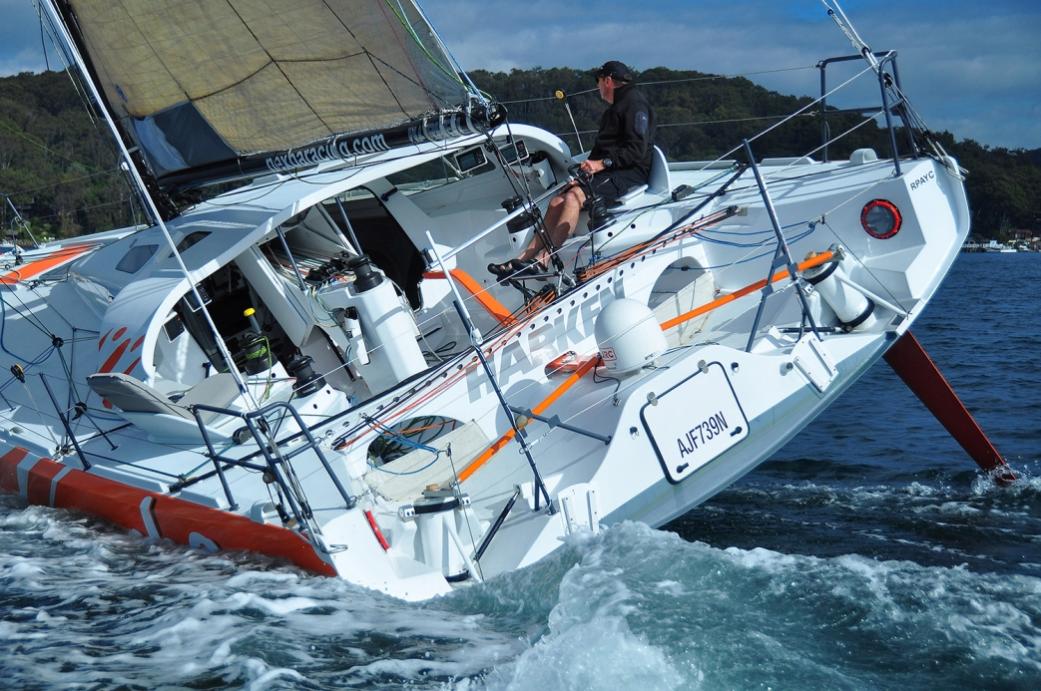
Winter In Pittwater 2017
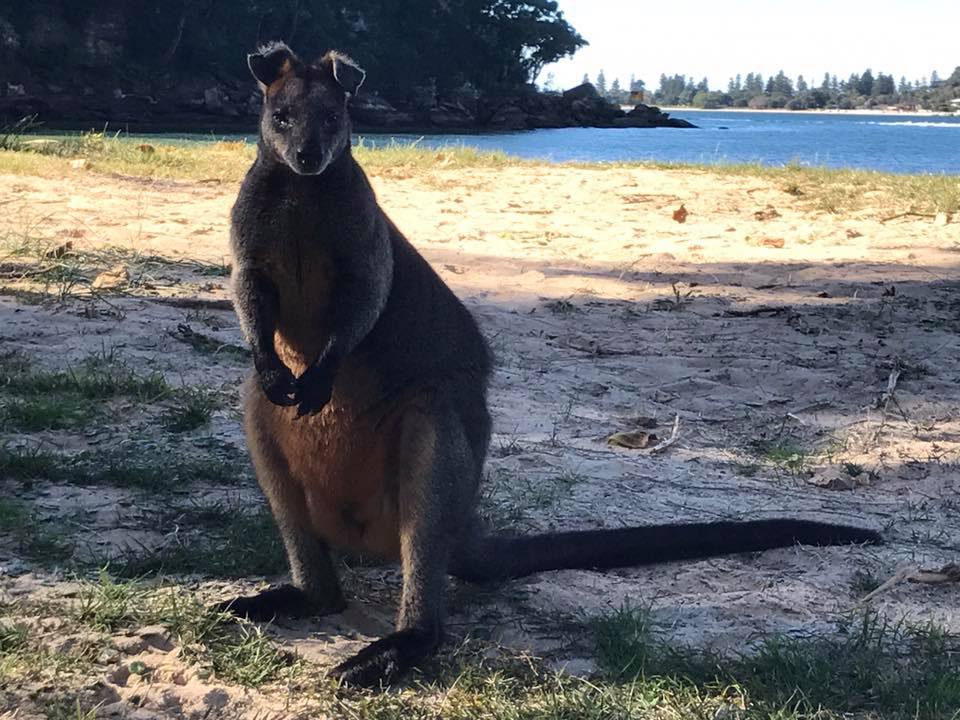

Past Features Archives (pre 2014)
Pittwater Online News was selected for preservation by the State Library of New South Wales and National Library of Australia. This title is scheduled to be re-archived regularly.
Archived Issues (2014 on) may be accessed here: pandora.nla.gov.au/tep/143700
